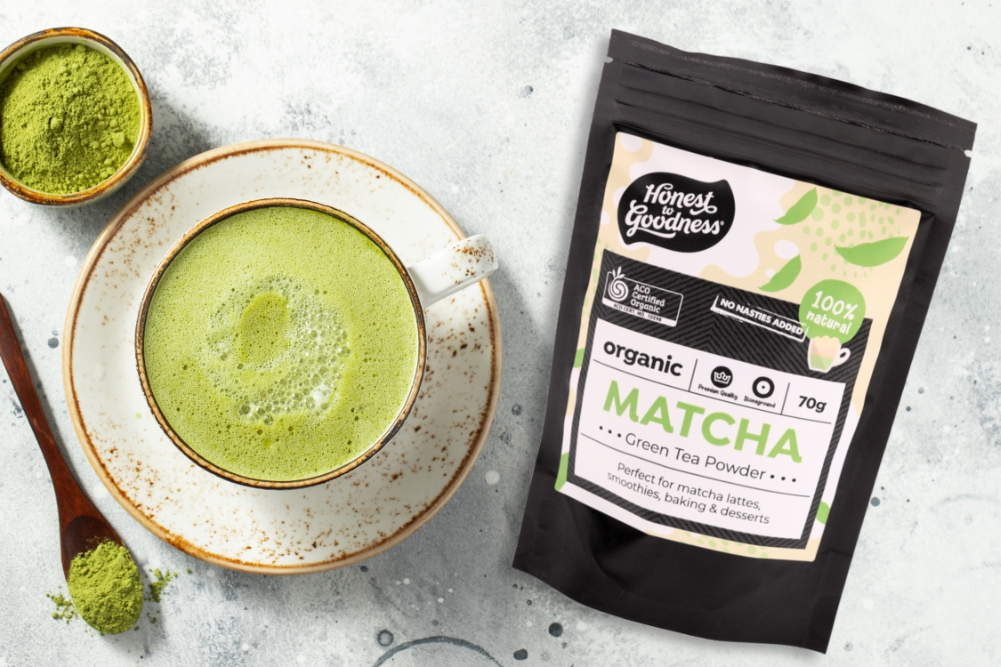Quercetin
Quercetin, a natural antioxidant found in fruits and vegetables, offers numerous health benefits
Quercetin is a plant flavonol from the flavonoid group of polyphenols and is widely distributed in nature. It has a bitter flavour and is found in many vegetables, fruit, seeds, leaves and grains. Its name derives from quercetum (oak forest) after the oak genus Quercus.
Quercetin is one of the most important polyphenols and possesses a broad range of biological properties. A diet high in vegetables and fruits provides a significant amount of quercetin (25–50mg). As it is absorbed and metabolised reasonably well,
this results in blood-circulating levels that are effective for general health, but supplementation is necessary to enhance its therapeutic activities. Supplementation increases the circulating levels of plasma quercetin easily and increases its effectiveness as a therapeutic anti-inflammatory and antioxidant remedy. Taken quercetin with carbohydrate-rich foods enhances its absorption. High-fat foods enhance bioavailability. The quercetin group of compounds have a biological half-life of about 11–12 hours.
Allergies: Quercetin demonstrates a range of effective mechanisms to manage allergies. It stimulates the immune system, inhibits histamine release, decreases inflammatory cytokines, inhibits lipoxygenase, improves Th1-Th2 balance and reduces antigen-specific IgE antibody formation. It has been shown to be effective in managing bronchial asthma (25 per cent ingested quercetin has been shown to localise in lung tissue), allergic rhinitis and peanut-induced anaphylactic reactions among others.
Cardiovascular: Research on quercetin has shown its
cardioprotective activities as it lowers blood pressure and improves vascular function. It is an antioxidant and anti-inflammatory and supplementing with quercetin has demonstrated a lower incidence of heart attacks and strokes. The Mediterranean diet (recommended for cardiovascular protection) has a wide range of foods containing quercetin.
Antidiabetic: Research has shown quercetin reduces cholesterol and blood glucose in the management of metabolic syndrome. Quercetin may also manage metabolic disorders via different mechanisms such as increasing adiponectin, decreasing leptin, antioxidant activity, improving insulin resistance, increasing insulin levels and by blocking calcium channels.
In a meta-analysis, quercetin in high doses over eight weeks
(>500mg /day) reduced fasting plasma glucose and insulin
concentrations overall, in the 45-year-old participants.
Cancer: Quercetin is considered a naturally occurring chemopreventative agent as it plays key roles in targeting the “hallmarks of cancer”. Research shows potential positive outcomes when supplementing quercetin in a variety of cancers including malignant melanoma (anti-proliferative, anti migratory, cell cycle arrests and inducing apoptosis), lung cancer, chemically induced colon cancer and pancreatic cancer (in smokers).
Liver: Quercetin is one of the most eff ective inducers of phase II detoxification enzymes in the liver. It also inhibits fat accumulation in the liver from a high-fat diet and reduces liver inflammation and inhibits hepatitis C infection.
Neurological: In rat studies on stress and depression, quercetin regulated multiple metabolic pathways including glucose management, sphingolipid metabolism and rebalanced gut microbiota, leading to improvements in depression and anxiety and improving cognitive function.
Quercetin is neuroprotective and protects the brain against a range of environmental chemicals and toxins. Its anti-neuroinflammatory, antioxidative activity and memory-enhancing effects assist in the prevention of a range of degenerative brain conditions.
Infection: Quercetin has demonstrated a powerful antipathogen activity against a range of parasites such as Leishmania, Plasmodium, Cryptosporidium and Toxoplasma gondii as examples, being effective in reducing parasite loads, reducing tissue damage and improving overall mortality in animals. While more human research is essential, these results are promising.
Quercetin has also been shown to have antiviral activity particularly against influenza and respiratory viruses, hepatitis C, herpes viruses, dengue fever and ebola viruses as well as a wide range of other viruses including the emerging and reemerging viral infections of today.
Musculoskeletal: In older studies, quercetin was shown to benefit connective tissue disorders (osteoarthritis and sports injuries) by limiting the inflammatory process and the associated tissue degradation, improving circulation to affected areas and promoting a strong collagen matrix.
In more recent rat studies, quercetin has shown potential to reduce the anti-inflammatory effects of rheumatoid arthritis, as well as increasing the anti-inflammatory effects of methotrexate and reducing its toxicity when taken in conjunction.
Overall, quercetin has demonstrated positive outcomes in pain
relief and significant joint-protective effects with rheumatoid
arthritis, gouty arthritis and osteoarthritis.
Sources of quercetin: The highest food sources of quercetin are capers, radish, dill, fennel and coriander leaves, red onions and kale.
Interestingly, organic onions contain 79 per cent more quercetin than commercially grown onions with the concentration in the outer leaves and the root. Quercetin is more bioavailable when consumed (cooked) with a little fat/oil. Quercetin is also available in raw honeys from different plant sources.
Safety: The US FDA has approved 500mg quercetin as a safe ingredient. Human intervention trials supplementing with daily doses of 1000mg/day have concluded that quercetin intake significantly improves a range of disease conditions with minimal adverse effects.
References available on request.




